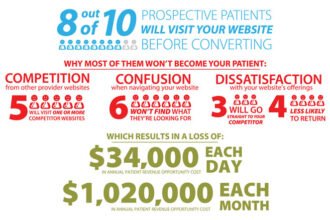 I have written previously about how powerful I think Twitter is as a channel for a regulated industry like pharmaceuticals.
I have written previously about how powerful I think Twitter is as a channel for a regulated industry like pharmaceuticals.
 I have written previously about how powerful I think Twitter is as a channel for a regulated industry like pharmaceuticals. It allows social media engagement with multiple personnel, but in controlled fashion that allows pharma companies to deal with problems in a controlled and compliant way.
I have written previously about how powerful I think Twitter is as a channel for a regulated industry like pharmaceuticals. It allows social media engagement with multiple personnel, but in controlled fashion that allows pharma companies to deal with problems in a controlled and compliant way.
Apparently one of the people who read that piece worked at Twitter and, unsurprisingly, they agreed with me!
It is great to therefore see the first business case study from the pharmaceutical industry appear on the Twitter.com website, featuring the work that social media pioneer Boehringer Ingelheim has been doing in using the social media channel to connect with other healthcare stakeholders.
The specific case study presented by Twitter is from the #COPDchat tweetchats that Boehringer Ingelheim has been running, but could equally have covered its engaging work in the atrial fibrillation or lung cancer space (which I am proud to have been involved in).
Of course, in keeping within the right regulatory guidelines that prevent direct prescription medicines promotion to patients outside the US, Boehringer’s work has focussed on tackling disease awareness issues and gathering research input from involved groups such as patient advocates, healthcare providers and disease associations, rather than discussing the merits of individual treatments.
Here, Boehringer Ingelheim outlines how it used Twitter to both approach and engage with relevant parties, positioning the discussion alongside a relevant medical conference – in this case the European Respiratory Society Congress (#ERS2013). In addition, promoted tweets were used to target specific attendees at the event, matching for keywords such as ‘asthma’ and ‘COPD’ as flags for relevance.
Links to press releases and further information were then used to provide additional background above and beyond the 140 characters permissible within a tweet, all of which sparked interest in the live tweetchat debate held during the congress.
And the results?
Well, the quantitative stats are pretty impressive. 1.7m tweetchat impressions from the hour’s live event, almost 500 mentions of Boehringer at the Congress and 1,200 new followers secured.
But the real story here is in the qualitative feedback gained from this tweetchat, and the numerous others Boehringer has run. Through such discussion the company gained valuable feedback on the market, which was spur-of-the-moment and reactive to developments at the Congress itself, in addition to opening doors with new organisations and individuals that can help its mission in the COPD space.
Twitter identified three key lessons from Boehringer’s work on tweetchats for other pharmaceutical companies:
- Align such online discussion with relevant offline events, like the Congress.
- Involve key internal stakeholders to ensure regulatory compliance.
- Be innovative – don’t be afraid to be the first in your sector rather than waiting for others.
With such prominence, quite rightly so, being given to Boehringer’s work it is time for other pharma companies to step up and also start driving such activities. Every pharma company is talking about being customer- and patient-focussed, and indeed the individuals working within these companies are passionate about making a difference, so communications teams need to start facilitating more of this work.
Boehringer has cut a path through the long grass for the rest of the industry. It’s time for others to start walking in their footsteps to help ensure everyone in healthcare can share their views on developing better medicines.







